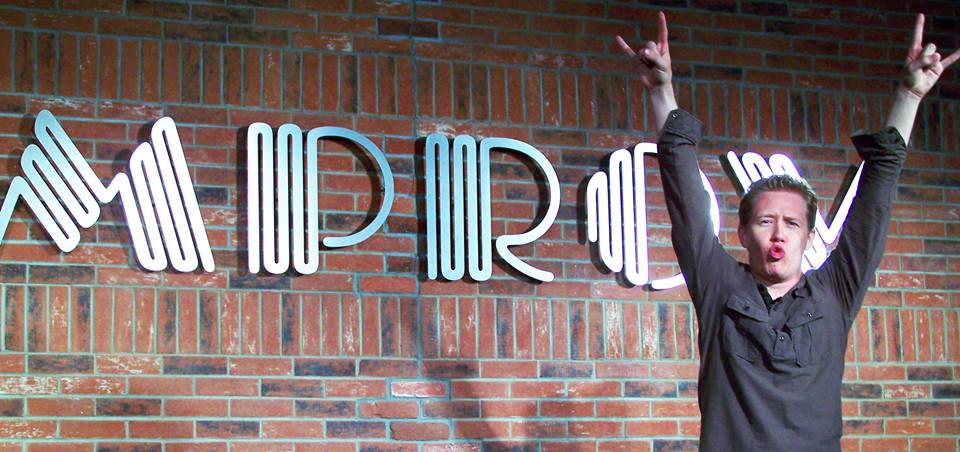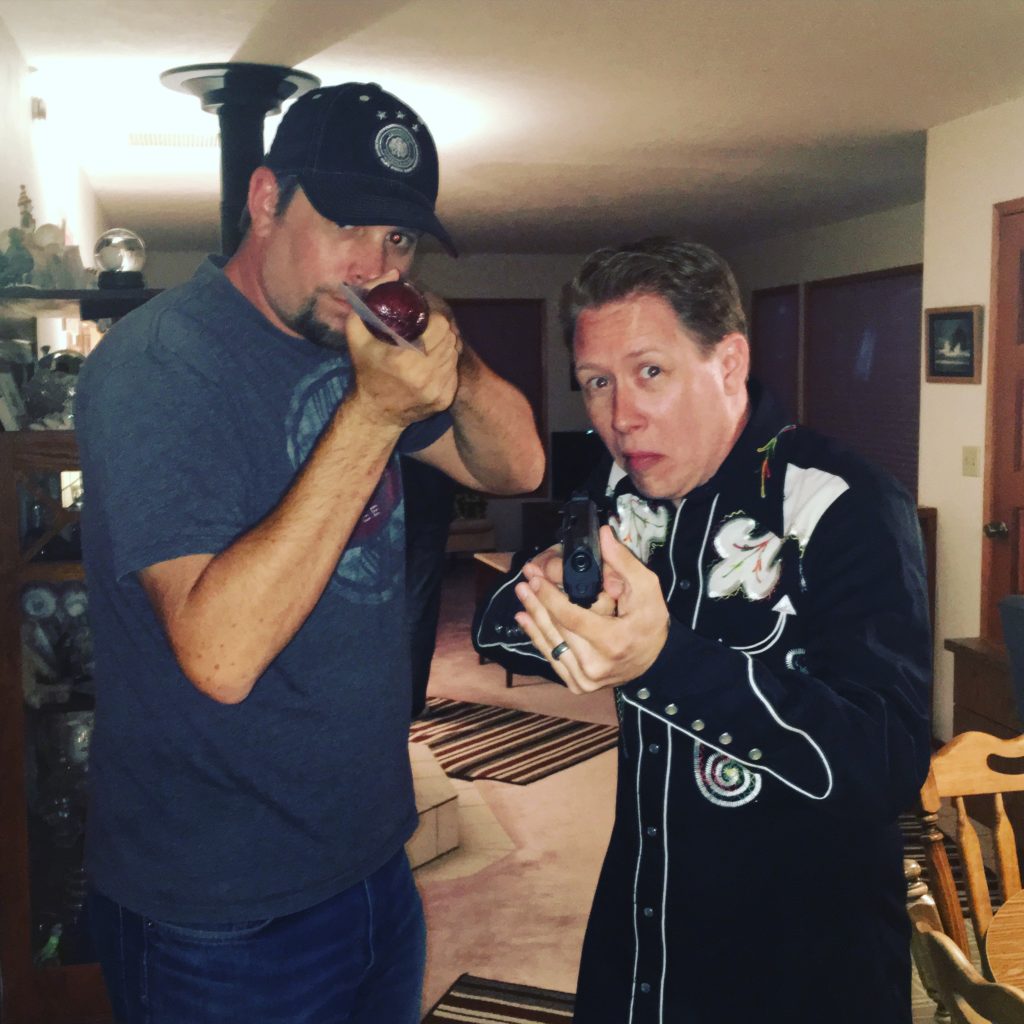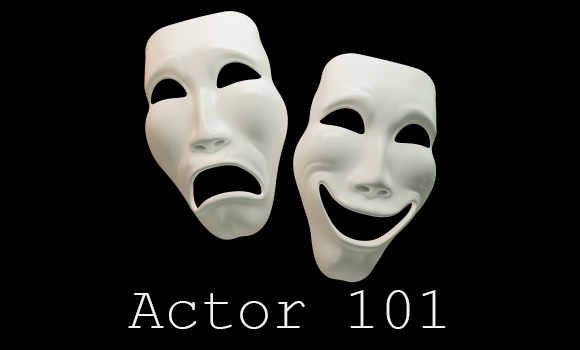
CNN just posted the “12 Most Annoying Facebookers”. Some of these sounded a bit too familiar. Look upon yourself! Are you, like me, guilty of at least ONE of these actions?!?!?!!?!?!?!?!!!?!?!!?!!?!?!!?!?!!? *Evil LOL’z
Here are 12 of the most annoying types of Facebook users:
The Let-Me-Tell-You-Every-Detail-of-My-Day Bore. “I’m waking up.” “I had Wheaties for breakfast.” “I’m bored at work.” “I’m stuck in traffic.” You’re kidding! How fascinating! No moment is too mundane for some people to broadcast unsolicited to the world. Just because you have 432 Facebook friends doesn’t mean we all want to know when you’re waiting for the bus.
The Self-Promoter. OK, so we’ve probably all posted at least once about some achievement. And sure, maybe your friends really do want to read the fascinating article you wrote about beet farming. But when almost EVERY update is a link to your blog, your poetry reading, your 10k results or your art show, you sound like a bragger or a self-centered careerist.
The Friend-Padder. The average Facebook user has 120 friends on the site. Schmoozers and social butterflies — you know, the ones who make lifelong pals on the subway — might reasonably have 300 or 400. But 1,000 “friends?” Unless you’re George Clooney or just won the lottery, no one has that many. That’s just showing off.
The Town Crier. “Michael Jackson is dead!!!” You heard it from me first! Me, and the 213,000 other people who all saw it on TMZ. These Matt Drudge wannabes are the reason many of us learn of breaking news not from TV or news sites but from online social networks. In their rush to trumpet the news, these people also spread rumors, half-truths and innuendo. No, Jeff Goldblum did not plunge to his death from a New Zealand cliff.
The TMIer. “Brad is heading to Walgreens to buy something for these pesky hemorrhoids.” Boundaries of privacy and decorum don’t seem to exist for these too-much-information updaters, who unabashedly offer up details about their sex lives, marital troubles and bodily functions. Thanks for sharing.
The Bad Grammarian. “So sad about Fara Fauset but Im so gladd its friday yippe”. Yes, I know the punctuation rules are different in the digital world. And, no, no one likes a spelling-Nazi schoolmarm. But you sound like a moron.
The Sympathy-Baiter. “Barbara is feeling sad today.” “Man, am I glad that’s over.” “Jim could really use some good news about now.” Like anglers hunting for fish, these sad sacks cast out their hooks — baited with vague tales of woe — in the hopes of landing concerned responses. Genuine bad news is one thing, but these manipulative posts are just pleas for attention.
The Lurker. The Peeping Toms of Facebook, these voyeurs are too cautious, or maybe too lazy, to update their status or write on your wall. But once in a while, you’ll be talking to them and they’ll mention something you posted, so you know they’re on your page, hiding in the shadows. It’s just a little creepy.
The Crank. These curmudgeons, like the trolls who spew hate in blog comments, never met something they couldn’t complain about. “Carl isn’t really that impressed with idiots who don’t realize how idiotic they are.” [Actual status update.] Keep spreading the love.
The Paparazzo. Ever visit your Facebook page and discover that someone’s posted a photo of you from last weekend’s party — a photo you didn’t authorize and haven’t even seen? You’d really rather not have to explain to your mom why you were leering like a drunken hyena and French-kissing a bottle of Jagermeister.
The Obscurist. “If not now then when?” “You’ll see…” “Grist for the mill.” “John is, small world.” “Dave thought he was immune, but no. No, he is not.” [Actual status updates, all.] Sorry, but you’re not being mysterious — just nonsensical.
The Chronic Inviter. “Support my cause. Sign my petition. Play Mafia Wars with me. Which ‘Star Trek’ character are you? Here are the ‘Top 5 cars I have personally owned.’ Here are ’25 Things About Me.’ Here’s a drink. What drink are you? We’re related! I took the ‘What President Are You?’ quiz and found out I’m Millard Fillmore! What president are you?”
I took out all the other commentary from the article because I didn’t care. It’s a slurry puff piece, but the “types” listed here – I know all these folks on FB, and you do too! And I can admit to being at least a few of them, and you probably can too! Now watch as you spend the rest of the day fitting all of your friends into one of these twelve arch-types!
See you tomorrow!
Like this:
Like Loading...







Your Personal Brand Part 3
MySpace, Facebook, Twitter, LinkedIn, Plaxo, etc… All social networks designed to let you stay in constant connection with your family, friends, fans, co-workers, bosses, strangers and Tila Tequila. We’ve come a long way from BBS’s and email addresses and how you represent yourself online is clearly visible to the whole world.
You’ve all heard the stories about the girl who blabbed about how much she hated her boss on Facebook, her boss, who was her Facebook “friend”, saw the update and fired her. I believe the story originated in England, but there are many times that the news has reported that it has happened. Or what about my friends who are “friends” with co-workers online and see drunken parties that these “friends” attend only to have those “friends” call in sick the next day. We willingly surrender a degree of privacy every time we log on and, as those examples clearly illustrate, it is easy to forget who our friends are.
I remember my first social network, Friendster. I joined because I was invited by my dear friend Jeff Garvin to help stay connected. I remember the first comments page, which were treated more like compliment boxes, and photos and when I first saw a page that wasn’t a real person – in fact it was a muppet style monster. The owner of the page updated in the voice of the monster and it was a generally funny page, but it was just the beginning of what MySpace made into an art, poser pages! Pages made as characters so people could pretend to be the people they always wanted to be. I was not immune to this. I had, still have, my personal MySpace page, but I have created my share of character pages – sometimes to promote a movie but other times just for fun. The anonymity level was determined by how honest you wanted to be and how you wanted to be seen.
Facebook has changed this, to a degree. It is intrinsically designed to be a page representing the “real” you, but privacy settings and personal editing still control how you are precieved. Oddly there are lots of folks that seem to forget this. In an era where your employers, or potential employers, can do a Google search and see all of your drunken exploits or your family can see where you really spend the weekends you were supposed to be visiting grandma it is amazing to me that people aren’t more careful. To know you is to love you and now people can totally get to know you without ever having to meet you!
When you are in the entertainment industry this can be a great tool. Here’s a little secret, I will “friend” anyone who asks on MySpace and, to a more limited degree, Facebook. It’s in my best interest to be able to connect with as many people as possible, especially if they like me enough to help support my projects. A lot of work goes into maintaining my online identity – and frankly I could be doing more. My pages? All maintained so you, the public, know what I’m doing. This blog? Designed to communicate and report about things I think are interesting or cool. I don’t talk about everything, you don’t need to know about funerals I attend or about all of my political leanings, but the ones that are really important to me I mention and endorse/rebut. I’m certainly not purposely posting embarrassing pictures, although there are a few floating around out there and, though I’m not a fan of censorship, I don’t “drunk tweet” or “drunk update” anymore. There were a couple months right after the divorce where that happened, but… ugh, more trouble than it was worth.
I can’t stand on a pulpit and claim that I have all of this “online stuff” figured out. Like I mentioned, there’s more I could do to maintain my online presence. My personal webpage is a complete disaster and I still haven’t figured out why FriendFeed stopped playing nicely with Twitter and Facebook so that those sites were notified and then broadcast-ed that a new blog post was ready, but I’m not famous enough for people to care… yet. In the end I still need to protect and portray my online persona in a way that lets people see what is appropriate while still letting me connect in an honest way.
So what am I getting at after three posts? Self examination. Take a look at what you have online. Think about what you’re posting. You twenty-somethings who post all the drunken madness, don’t forget that those pictures are online until the servers die – and they don’t do that a lot. Even if you “clean up” your page who knows what your friends still have up – or worse, your enemies. And business folks, don’t fear the social networking! It provides you with an unprecedented way to connect with your customers and, as Pepsi is proving with their bold move to exclusive online advertising, it appears to be the wave of the future. Use the things you are comfortable with. Not everybody is meant for Twitter. MySpace is great for media, not so much for selling mattresses and the whole world is on Facebook. The opportunities are plentiful, but, as with anything worth doing, there is a certain amount of risk to the unwary. Responsibility doesn’t end when you log-in and the internet isn’t near as anonymous as it used to be. We’re used to portraying our “personal brand” in person, but now that extends to the virtual world. Be aware of what you’re putting out there and I’ll see you – or at least the “you” you let me see – out there on the interwebs.
See you tomorrow!
Share this:
Like this:
Leave a Comment
Filed under art, Facebook, fad, filmmaking, friends, making movies, social commentary, social networking